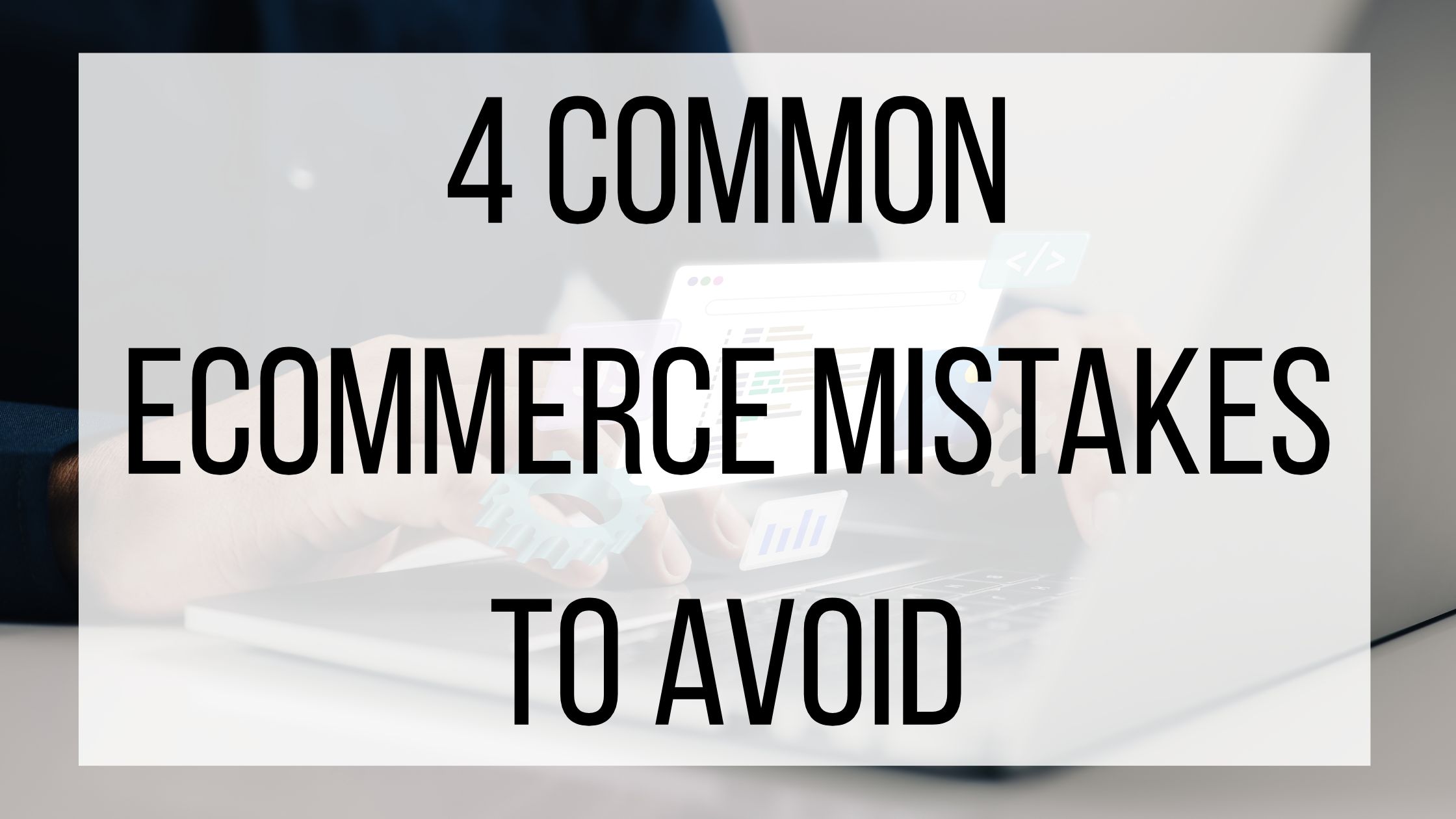An Introduction to Key Performance Indicators

When trying to better or grow your company, it can be difficult to find a clear starting point. Often, marketers are told to research customers, competitors, and sales, but not given a clear starting path. This can be confusing, frustrating, and lead to a plateau in progress. Choosing and monitoring your Key Performance Indicators, or KPI’s, is a smart way to get started figuring out what is and is not working for your business. KPI’s should be tailored to your company’s goals, although there are some KPI’s that could be considered useful for the majority of ecommerce businesses.
Performance Indicator vs Key Performance Indicator:
A performance indicator is a quantitative measurement to gauge performance goals. Since there are so many different variables you can measure, performance indicators are very broad, and can be a bit overwhelming. Key Performance Indicators are the most important factors you need to measure to help reach your goals. Typically, KPI’s are narrowed down to two or three measurements. KPI’s can grow and change along with your company and goals, but having a smaller number at first allows you to focus and progress more efficiently.
How to choose Key Performance Indicators:
For most companies, KPI’s will fall under one of the following categories: Sales, Marketing, Customer Service, Manufacturing, or Project Management. Choose a category that you would like to track first, and then ask yourself several questions. What is your company’s objective for this KPI? Can it be measured? Which team within your company is best equipped to achieve this objective, and do they have the time and resources to tackle the goal and it’s KPI’s at this time? What metric goal have you set, and is it realistic?
Once you have your goals set, you can start deciding how you want to measure them, and determine your KPI’s. For example, say your goal is to grow your website traffic by 10% in the next 6 months. Some KPI’s you could track would be your website traffic, click rates from advertisements you are running, social shares, and bounce rates. The value of the indicators depends on the goal you have set. The more relevant the KPI is to the goal, the more value it will have in assisting you.
General Key Performance Indicators:
While you should determine your KPI’s off of the goals you have established, there are several KPI’s that are helpful for most ecommerce companies and very likely to fit in with the goals you have set.
If your goals fall under marketing, some KPI’s to consider are tracking your website traffic, your traffic source (are visitors coming from one of your social channels more than others, is your SEO outperforming your social channels, etc), the amount of time your visitors are spending on your website (are visitors finding what they need, or are they leaving your site quickly because they cannot find what they are looking for), social media followers, and email subscribers.
If you want to focus more on sales goals, your KPI’s could track the number of sales you are making, your conversion rate (how many of your site visitors completed your call to action), shopping cart abandonment rate, the average order size, or customer acquisition cost (how much you spend on marketing and recruiting vs revenue).
Your KPI’s are the driving force between you and reaching your goals. They are a great way to get organized, stay on top of your research, and define which areas of your business need to be updated. There is no “one size fits all” for KPI’s, so get together with your team and come up with ways to work together to track your data and accomplish your goals.


